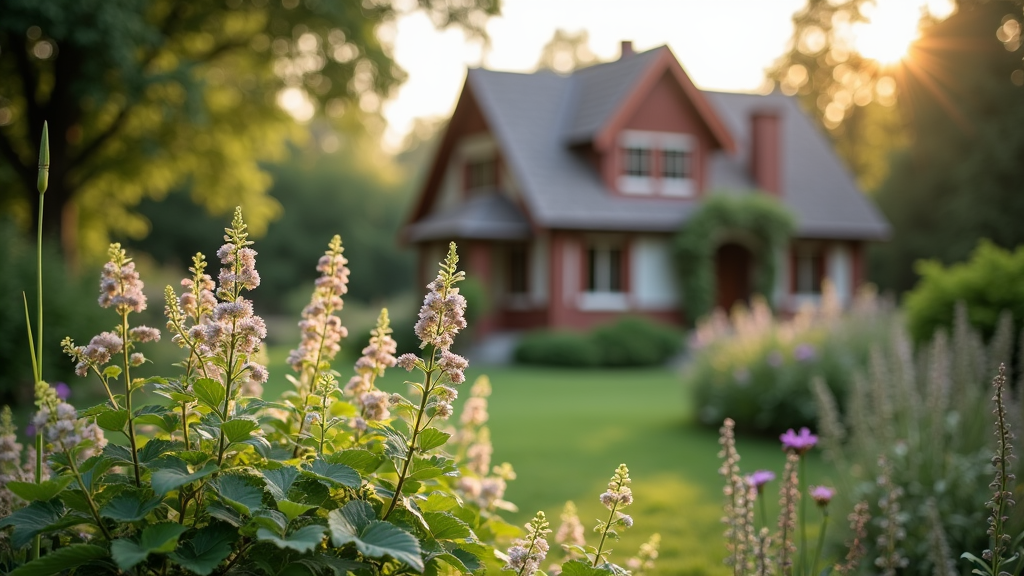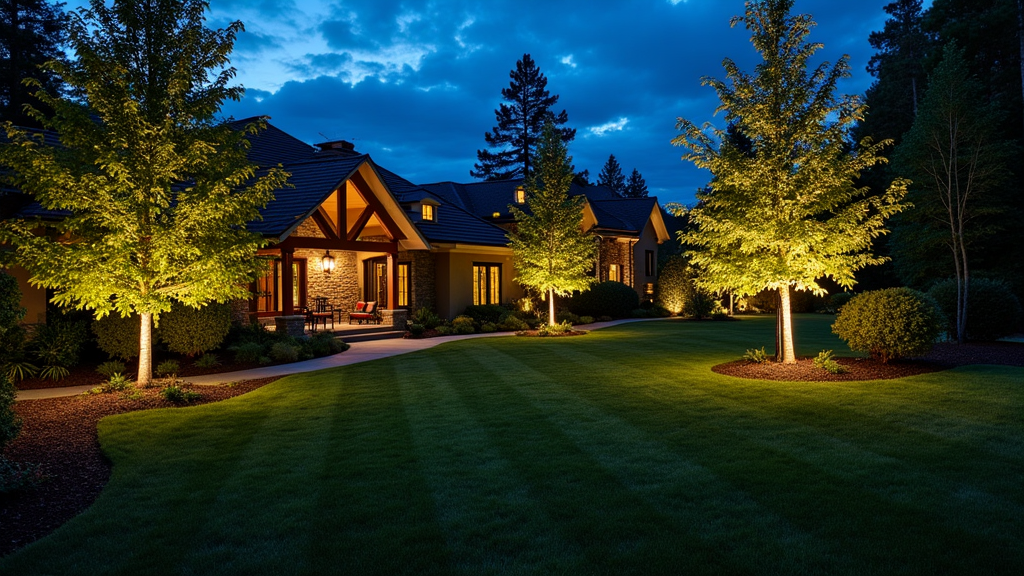Creating a beautiful landscape is often seen as a mystical art, but there’s a science behind it—one that involves clear processes and thoughtful planning. In this comprehensive guide, we’ll explore the intricate journey of transforming an idea into a stunning landscape through the landscape design process.
Understanding Landscape Design
Landscape design is more than just planting flowers and laying down https://postheaven.net/neriktdhmf/transforming-your-backyard-landscape-design-trends-in-north-carolina sod. It's about creating spaces that are aesthetically pleasing, functional, and sustainable. This section will delve into what landscape design encompasses.
What is Landscape Design?
At its core, landscape design refers to the art and practice of designing outdoor areas. It combines elements from architecture, horticulture, and environmental psychology to create a harmonious outdoor space. Whether it’s a backyard garden or a public park, every aspect needs careful consideration.
Key Elements of Landscape Design
Plants: Selecting the right plants for your climate and soil type is crucial. Hardscape: This includes non-plant elements like pathways, walls, and patios. Water Features: Adding ponds or fountains can enhance tranquility. Lighting: Proper illumination can transform spaces at night.The Landscape Design Process Explained
So how do we turn ideas into reality? The process is systematic yet flexible enough to accommodate creativity at every step.

Step 1: Initial Consultation
Before diving into designs, it's essential to have an initial meeting with clients to understand their needs and preferences.
What Happens During an Initial Consultation?
- Discuss client goals: What do they envision? Set a budget: How much are they willing to invest? Assess site conditions: What natural features exist?
Step 2: Site Analysis
A thorough evaluation of the site is crucial for successful designing landscapes.
Factors to Consider in Site Analysis
- Soil type and quality Sunlight exposure Wind patterns Existing vegetation
Step 3: Conceptual Design
This phase involves sketching out preliminary ideas based on the information gathered during the consultation and site analysis.
Creating Conceptual Designs
- Use hand sketches or computer software Focus on layout, plant selection, and hardscape elements Present options to clients for feedback
Step 4: Detailed Design Development
Once a concept is approved, it's time to refine it into a detailed plan.
What Does Detailed Design Include?
Planting plans with specific species Hardscape details (materials, dimensions) Irrigation plans for efficient water useStep 5: Implementation Planning
With the final designs in hand, we move towards implementation planning.
Implementation Strategies
- Schedule timelines Source materials Hire contractors if necessary
Executing the Landscape Plan
Now comes the exciting part—bringing everything to life! This section covers how landscape designers execute their plans effectively.
Ground Preparation Techniques
Preparing the ground properly ensures that plants thrive in their new environment.
Essential Ground Preparation Steps Include:
Clearing existing vegetation Testing soil pH levels Adding amendments as neededPlant Installation Best Practices
Once ground preparation is complete, it’s time for planting!
Key Tips for Successful Plant Installation:
- Dig holes twice as wide as root balls Water plants thoroughly after installation Mulch around plants to retain moisture
Post-Installation Care and Maintenance
Just because the project is completed doesn’t mean all work stops! Post-installation care ensures long-term success.
Basic Maintenance Tasks for Landscapes
Regular upkeep keeps landscapes looking their best:
Watering schedules Pruning techniques Pest management strategiesSustainability in Landscape Design
Considering sustainability isn't just trendy; it's essential for protecting our environment while designing landscapes.
Incorporating Sustainable Practices
Here are some strategies:
Native plants that require less water. Rain gardens that manage stormwater effectively. Organic pest control methods.FAQ Section
Here are some common questions about landscape design that you might be wondering about:
1. What should I consider before starting my landscape design project?
You should consider your budget, desired style, maintenance level you're willing to commit to, and existing environmental factors like soil type and sun exposure.
2. How long does the landscape design process take?
It varies depending on project complexity but typically ranges from a few weeks for small projects to several months for larger spaces involving significant changes.
3. Can I do my own landscaping without professional help?
Absolutely! However, having some knowledge about plants and design principles can go a long way in achieving desirable results.
4. How can I choose plants suitable for my area?
Research local nurseries or extension services that provide guidance on native plants suited for your climate zone.
5. What are common mistakes in landscape design?
Common mistakes include overcrowding plants, ignoring sunlight patterns, or not considering maintenance requirements which may lead to overgrown or unhealthy landscapes.

6. Is it worth investing in professional landscaping services?
Yes! Professional services offer expertise in planning and execution that can save time and ensure higher-quality results compared to DIY efforts alone.
Conclusion
From concept to reality: The landscape design process explained here provides you with insights into how professionals bring outdoor spaces to life beautifully and sustainably! Whether embarking on your own landscaping journey or seeking professional help, understanding these steps equips you with knowledge for better decision-making along the way—creating environments that not only look good but also nurture nature itself!
By following these guidelines diligently, you'll find yourself well-equipped with both inspiration and practical information needed when embarking on your next landscaping adventure!